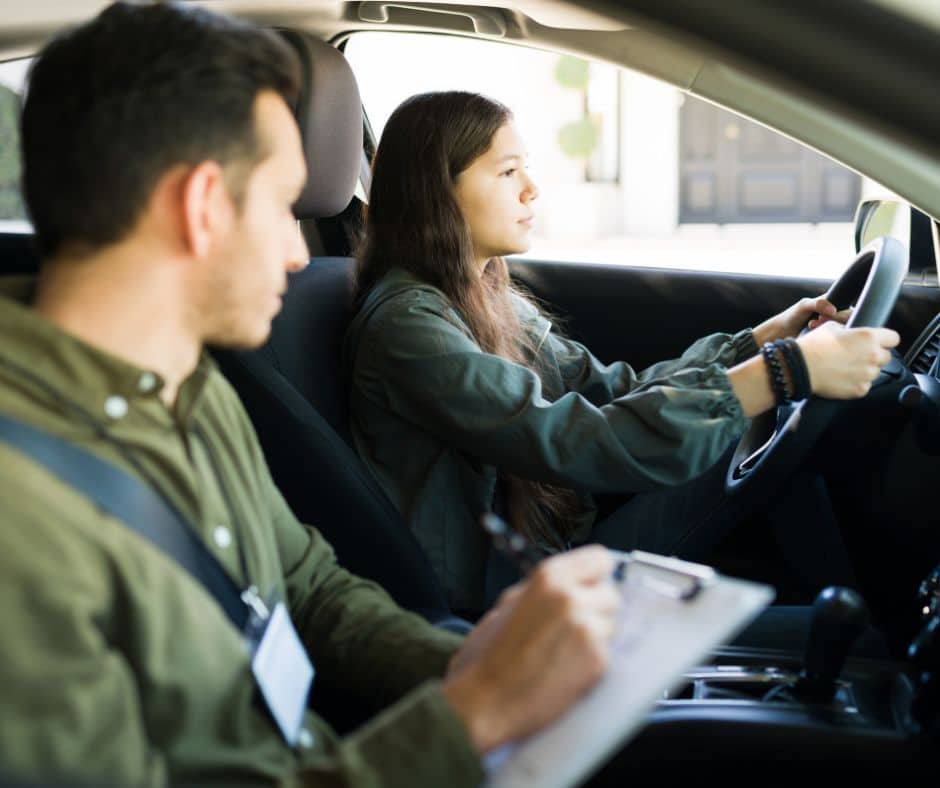 Your teen students are most likely back in school, which means it’s a crucial time to reinforce safe driving habits among these young drivers. In Pennsylvania, teen drivers face unique challenges and responsibilities. Here’s how to navigate the road ahead safely.
Your teen students are most likely back in school, which means it’s a crucial time to reinforce safe driving habits among these young drivers. In Pennsylvania, teen drivers face unique challenges and responsibilities. Here’s how to navigate the road ahead safely.
Understanding Pennsylvania’s Graduated Driver Licensing (GDL) Law
Pennsylvania’s GDL law is designed to help young drivers gain experience gradually while minimizing risks. Key provisions include:
- Learner’s Permit: Teens must hold a learner’s permit for at least six months before applying for a junior driver’s license.
- Supervised Driving: A minimum of 65 hours of behind-the-wheel practice, including 10 hours at night and 5 hours in inclement weather, is required.
- Junior Driver’s License: At age 17½, teens may obtain a junior driver’s license with restrictions, such as no driving between 11 p.m. and 5 a.m. and limits on the number of passengers under 18 who are not immediate family members.
- Full License: At age 18, teens can obtain a full, unrestricted license
Available Resources for Safe Driving Education
Several organizations offer free programs and materials to educate teens and parents about safe driving practices:
- Impact Teen Drivers: Provides evidence-based programs and resources to Pennsylvania teens and their influencers at no cost. Programs include interactive education modules and workshops on topics like distracted and reckless driving.
- Children’s Hospital of Philadelphia – Teen Driver Source: Offers free, research-based tools and resources to support families in preparing teens for safe driving.
- Pennsylvania Department of Transportation (PennDOT): Provides the official Pennsylvania Driver’s Manual, which includes information on traffic laws, safe driving practices, and preparation for the driver’s exam
Why Teen Drivers Are at Greater Risk
Teen drivers are statistically more likely to be involved in accidents due to factors like inexperience, risk-taking behaviors, and developmental stages. The period between Memorial Day and Labor Day, known as the “100 Deadliest Days,” sees a significant increase in teen driving fatalities.
How to Support Your Teen Driver
Parents play a pivotal role in shaping their teens’ driving habits. Here are some strategies to enhance safety:
- Model Safe Driving: Demonstrate responsible driving behaviors, such as obeying speed limits and avoiding distractions.
- Establish Clear Rules: Set expectations regarding seat belt use, passenger limits, and curfews.
- Use Technology: Consider apps that monitor driving habits and provide feedback.
- Maintain Open Communication: Encourage discussions about driving experiences and challenges.
National Teen Driver Safety Week
Held annually during the third week of October, National Teen Driver Safety Week aims to raise awareness about teen driving risks and promote safe driving habits. It’s an excellent opportunity for schools and communities to engage in educational activities and discussions.
Ensuring the safety of teen drivers requires a collaborative effort between teens, parents, and the community. By understanding Pennsylvania’s GDL laws, utilizing available resources, and fostering open communication, we can work together to reduce risks and promote safe driving habits among our youth. If your teen does happen to get into a minor fender bender – be sure to save our number in their phone (or yours). We’ll stand by you and get your teen safely back on the road.